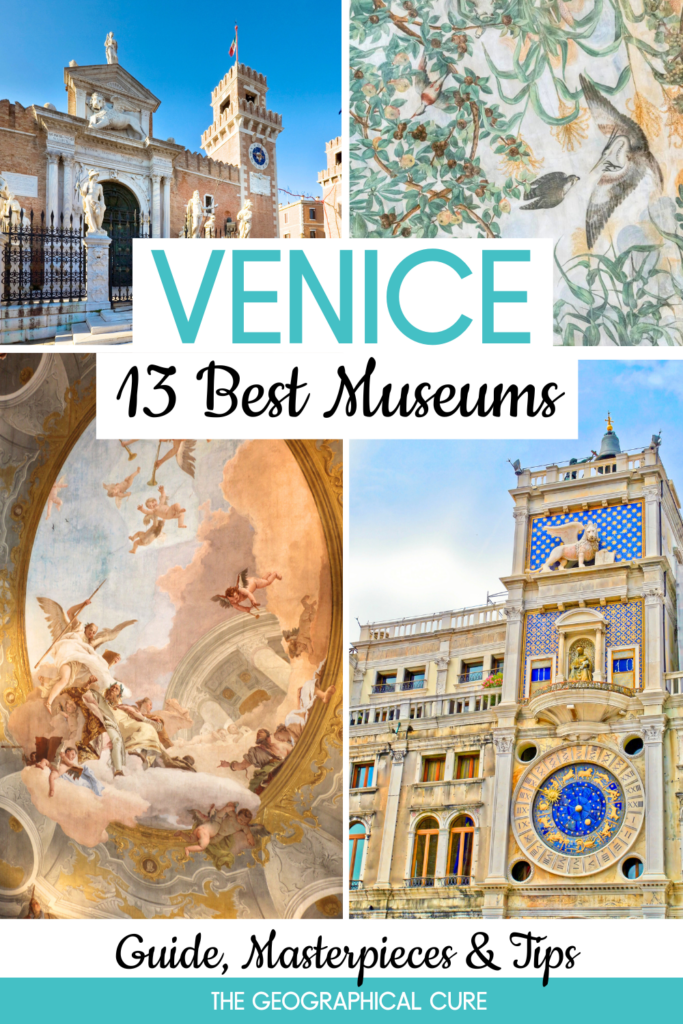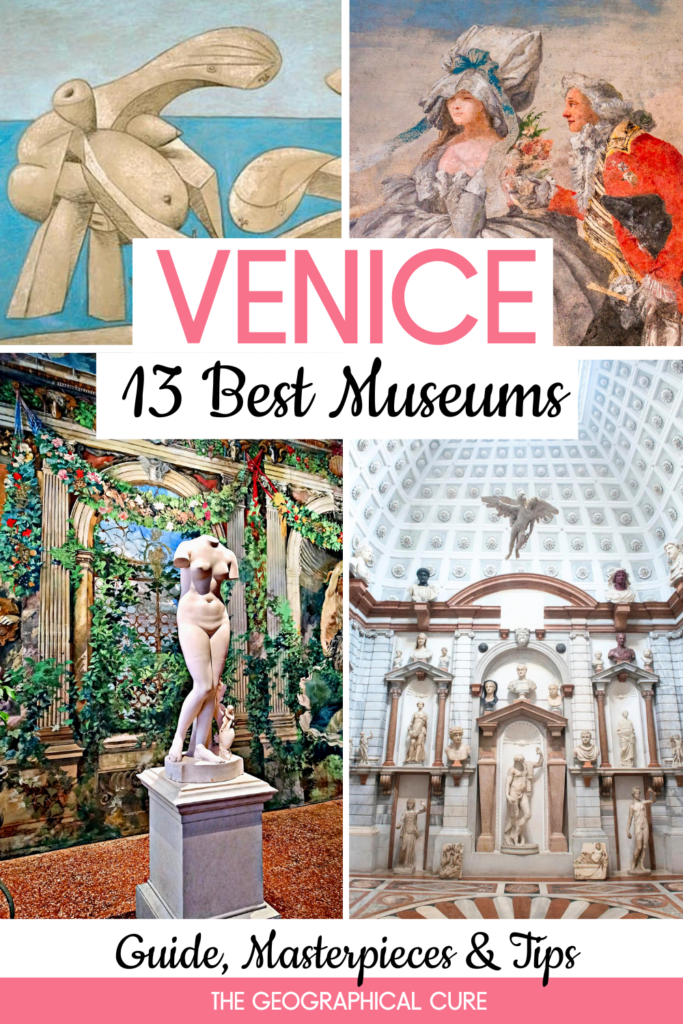Venice is a city with a fascinating history and immense love of art and beauty. So, naturally, it’s home to some outstanding museums.
Most of them are housed in former palaces that are simply gorgeous. You get insight into the lives and artistic tastes of centuries worth of wealthy Venetians.
Venice is especially strong in Renaissance art. But you can also find some outstanding modern art and history museums.
There really is something for everyone. Even the ambitious traveler will have to make choices.
Here are my favorite museums in Venice. Over the years, I’ve visited them all myself. I’m listing them in the order that I personally rank them, based on the quality of art and historical importance.
You can pick individual museums to visit. Or, go on a walking tour of your favorite Venetian artist — Titian, Tintoretto, Veronese, Carpaccio, or Tiepolo — whoever makes you feel passionate.
If you’re in the city for multiple days, many of these museums are include in the Venice City Pass.
READ: 20+ Famous Paintings In Venice
Best Museums In Venice
Galleria Accademia
In terms of pure masterpieces, the Accademia Gallery is the #1 museum in the city. It’s home to the finest Venetian paintings in the world, making it a must-visit museum in Venice for art enthusiasts.
As you walk through the museum, you’ll take a journey through the history of 500 years of Venetian art. You start with the early Byzantine and Gothic styles, move on to Renaissance masterpieces, and wrap up with the ornate Rococo movement of the 18th century.
Expect to encounter an impressive lineup of Venetian art, which is mostly in chronological order.
You’ll be drawn into stories painted by Veronese, dazzled by Titian’s use of color, and moved by Tintoretto’s intense and moody compositions.
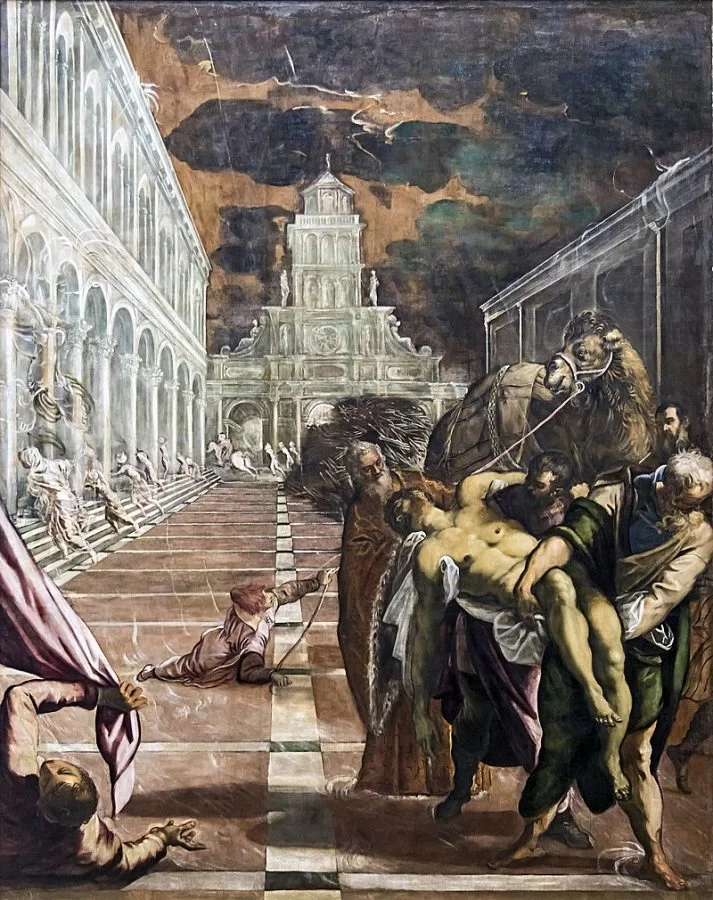
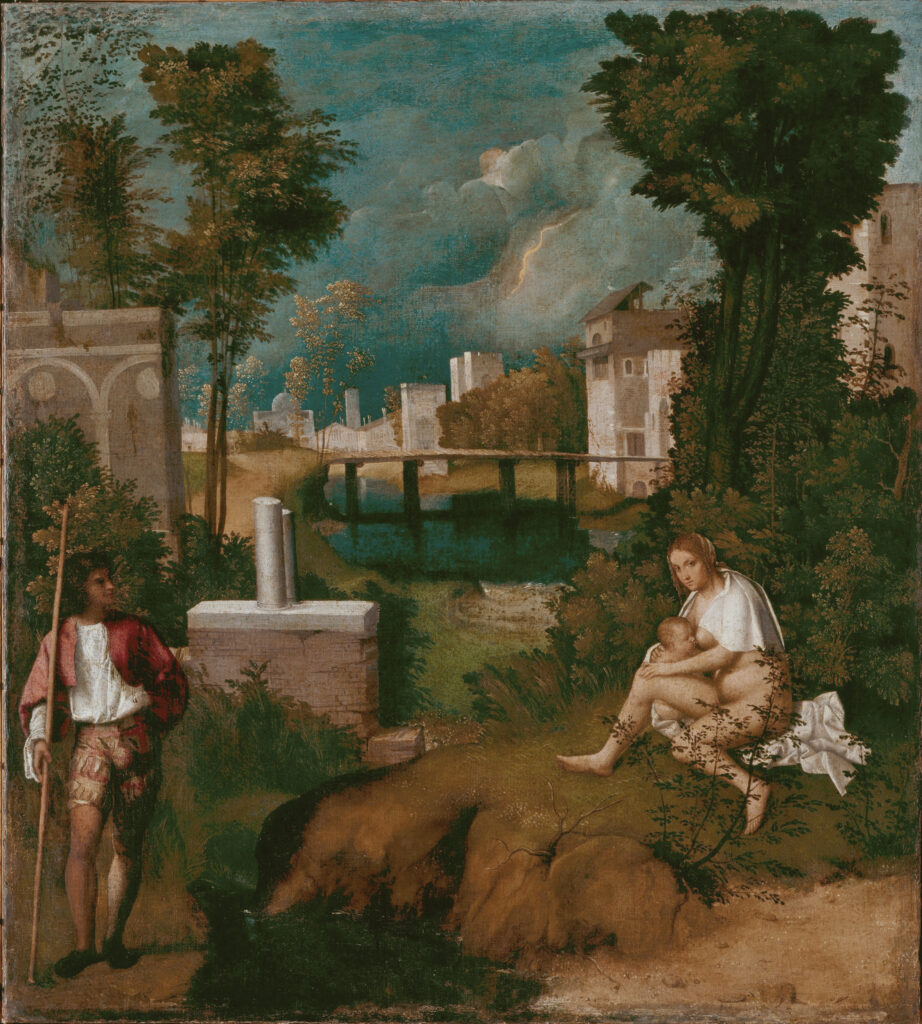
You’ll also be amazed by works from Tiepolo, Bellini, Canaletto, Carpaccio, Giorgio Vasari, and Giorgione.
The museum’s prize possession is the world’s most famous drawing, Leonardo da Vinci’s Vitruvian Man. Unfortunately, the drawing is so fragile that it’s not often on display.
Originally a scuola, the building itself is a sumptuous sight to behold with its magnificent architecture and beautifully decorated ceilings.
What’s more, the Accademia is often less crowded. Thus, you can have a more intimate experience with these masterpieces, especially on a guided tour.
Peggy Guggenheim Museum
My next favorite museum in Venice is the Peggy Guggenheim Collection. It’s housed in the Palazzo Venier dei Leoni, which has a fascinating history involving fascinating women.
The palace turned house museum was built by the Venier family, one of Venice’s oldest noble families.
It was supposed to a Neoclassical beauty of five stories. But only the first floor was completed, the Veniers running out of either cash or heirs.
You can’t miss it. It’s a bright white beauty on the Grand Canal that you might mistake for a modern building.
Trying to escape the madness of New York City, the American heiress Peggy Guggenheim took possession of the palazzo in 1949.
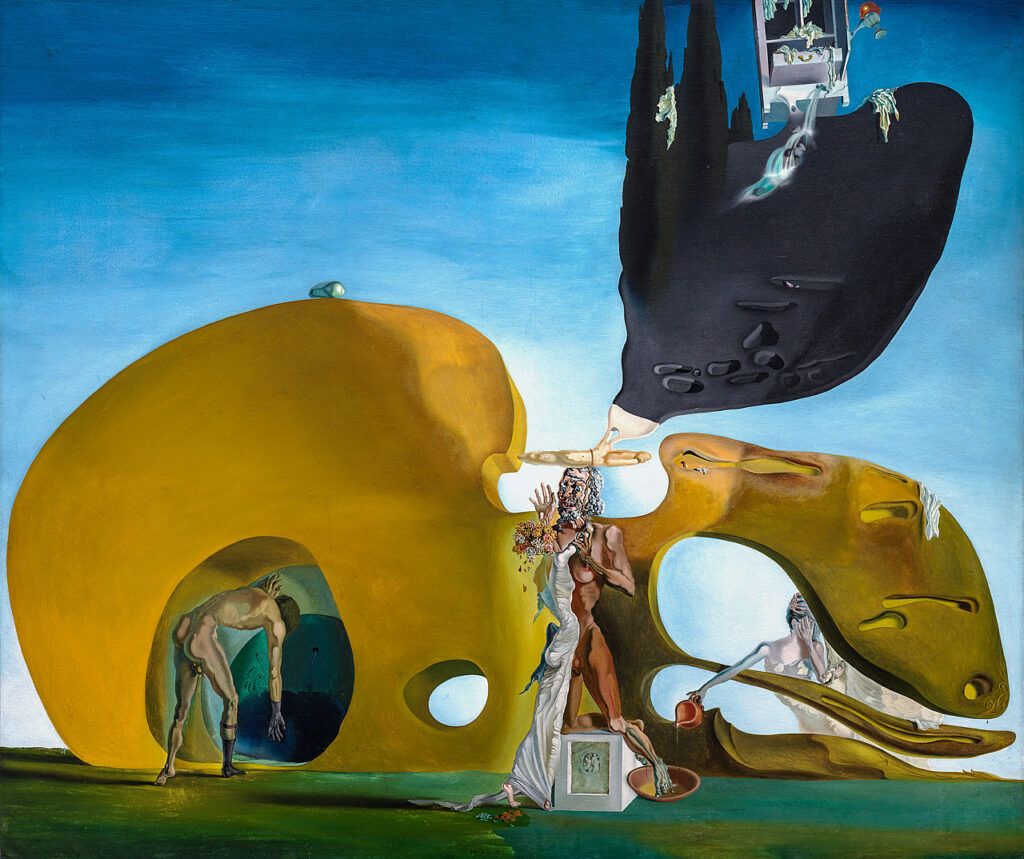
For much of the 20th century she was the enfant terrible of the art world and one of its most influential patrons. She helped launch the career of Jackson Pollock.
Guggenheim moved into the palazzo with her superlative collection of 20th century art, one of my favorite periods of Western art. Breaking with convention, Guggenheim stripped the palace interior down to a bright white space.
Her amazing collection includes works by Pablo Picasso, Jackson Pollock, Salvador Dali, Rene Magritte, Willem de Kooning, Mark Rothko, and Joan Miro. A veritable who’s who of Modernism!
On her death, Guggenheim, bequeathed the palace and her art collection to her uncle’s Solomon Guggenheim Foundation.
>>> Click here to pre-book a skip the line ticket
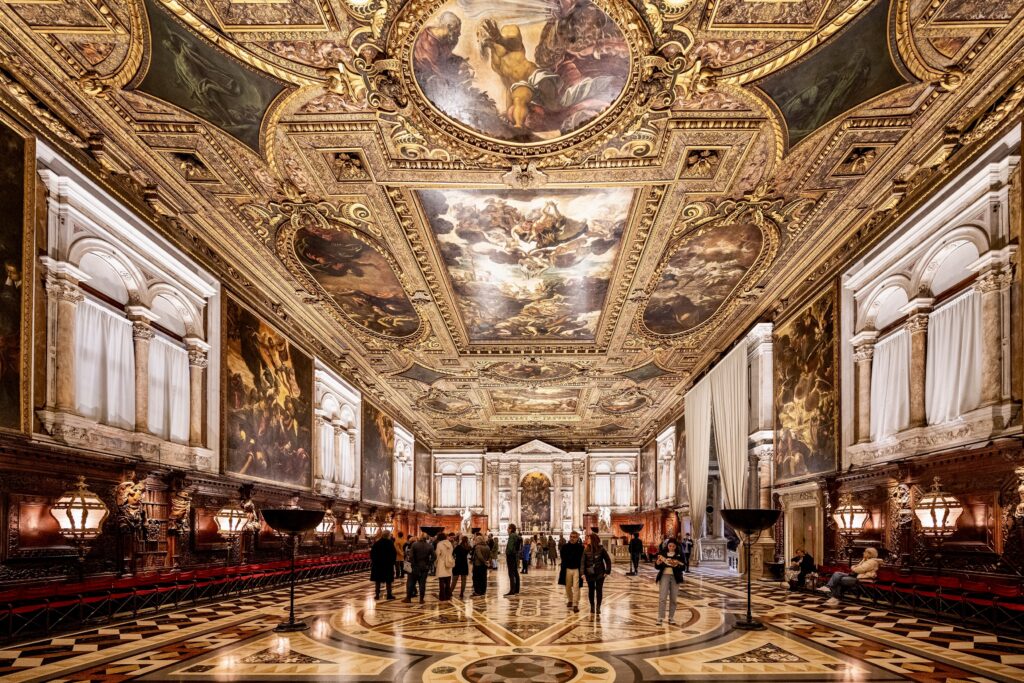
Scuola Grand di San Rocco
The Scuola Grande di San Rocco is one of Italy’s most beautifully decorated spots. It was the prestigious headquarters for the San Rocco Brotherhood, a confraternity in the San Polo neighborhood of Venice.
Tintoretto, a famous artist of the late Renaissance, spent 24 years painting almost every inch of the interior, turning it into an impressive work of art.
What sets this place apart is the incredible amount and quality of its art, making it truly unique.
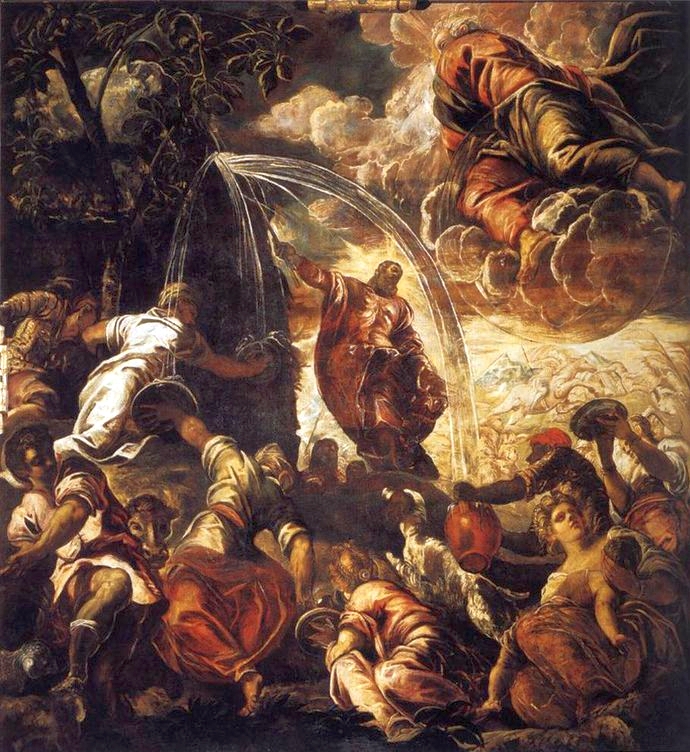
The Chapter Hall, in particular, is nicknamed “Venice’s Sistine Chapel.” Like Michelangelo’s frescos in the famous chapel in Vatican City, Tintoretto’s art can be experienced in the very place it was meant to be seen.
The ceiling frescos showcase stories from the Old Testament, while the walls are adorned with New Testament scenes. Each painting here could easily be a standout piece in any art museum.
Besides Tintoretto’s contributions, you’ll also find stunning artworks by Titian, Giorgione, and Tiepolo.
>>> Click here to book a walking tour of San Polo and Dorsoduro
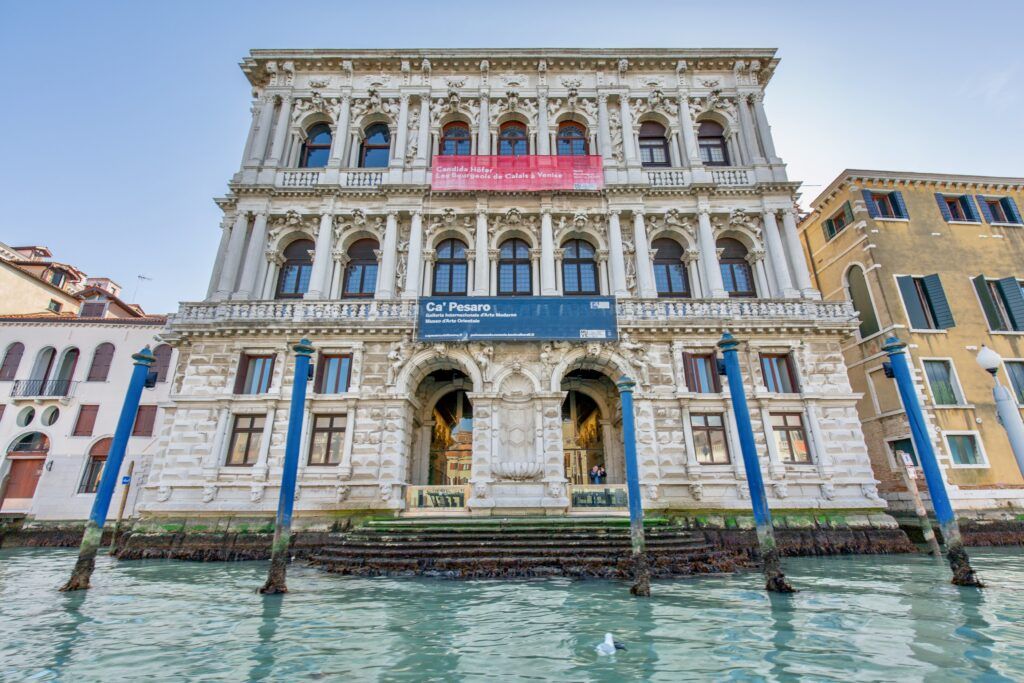
Ca’ Pesaro
If you enjoy modern art, put the Ca’ Pesaro on your must see list. The collection is just remarkable.
The three story museum is home to works by Kandinsky, Klee, Klimt, and Chagall. There are also modern works by Italian artists like De Chirco, Boccioni, and Sironi.
The 19th and 20th century paintings and sculptures are on the first floor. The second floor houses the Oriental Art Museum, with one of Europe’s best collections of Chinese and Japanese art.
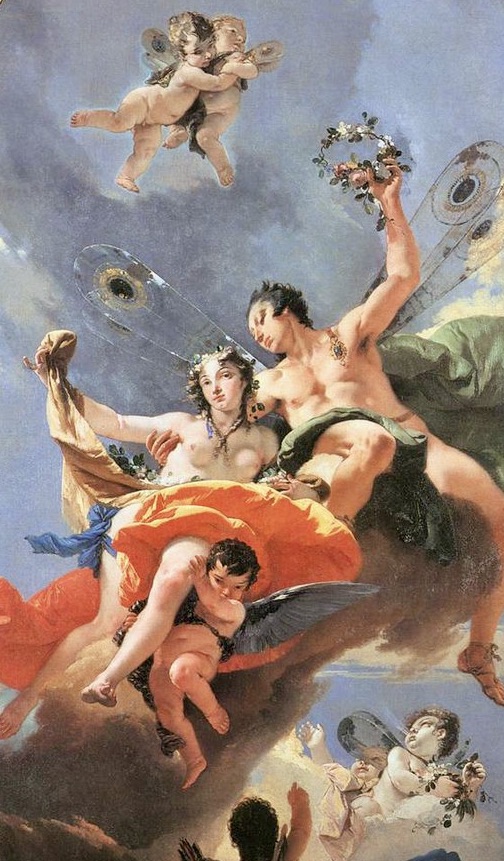
The palace itself is a wonder. It was once one of the most important palaces in Venice.
There are frescos by many Italian artists, including the Triumph of Zephyr and Flora by Tiepolo.
It was built for the uber wealthy Pesaro family in the second half of the 17th century by superstar architect Baldassare Longhand.
He was also responsible for Ca’ Rezzonica and Santa Maria della Salute.
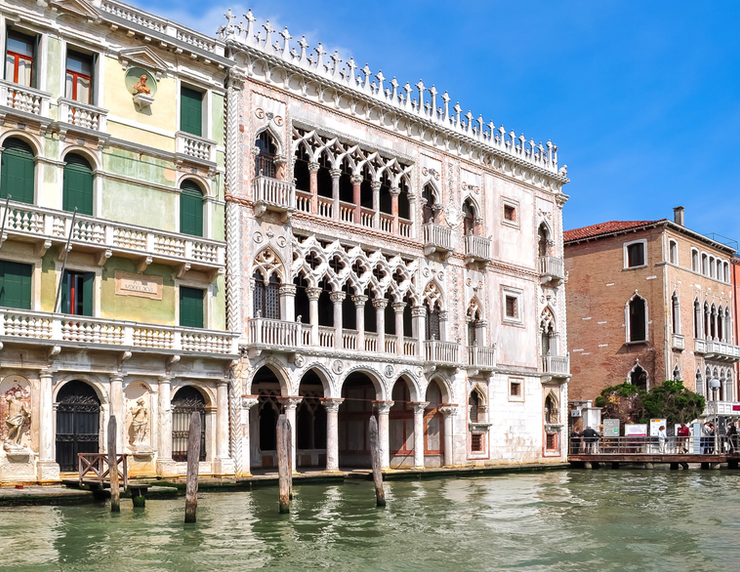
Ca’ D’Oro | Galleria Giorgio Franchetti
The Grand Canal in Venice is lined with gorgeous palazzi. But one of the most beautiful is Ca’ d’Oro.
The wealthy merchant Marino Contarini built this Gothic style palace in 1420. It was modeled after the Doge’s Palace. From the water, each level of the facade gets more ornate.
Known as the House of Gold, the palace was once flamboyantly covered with gold leaf and tempered with pigments of vermillion and aquamarine. In its heyday, it must have screamed money (which of course was the goal).
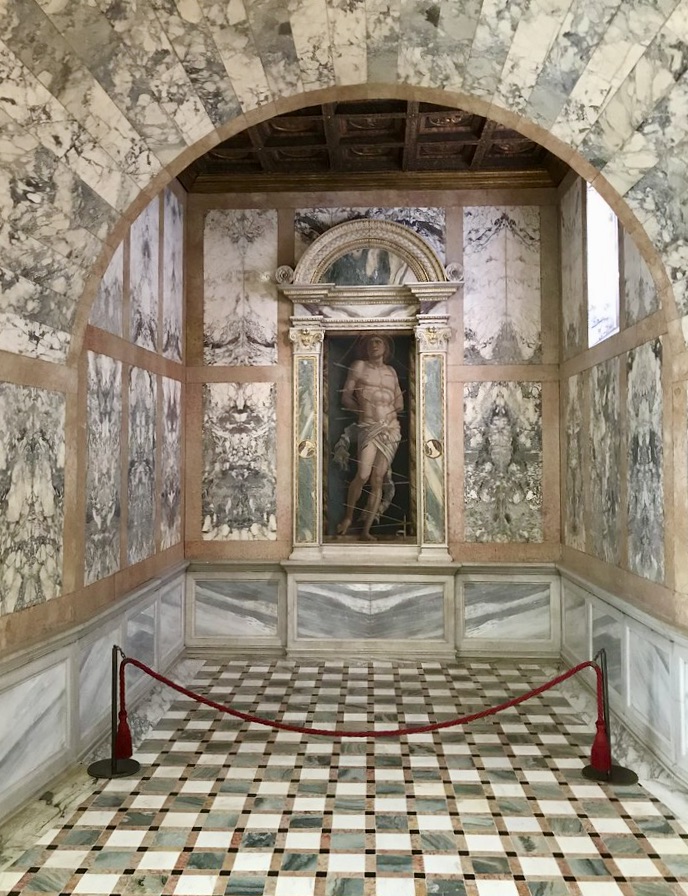
In the late 19th century, the palace was rescued and restored by art enthusiast Baron Giorgio Franchetti. He later bequeathed the palace to the city in 1916.
The art museum is one the first and second floors. The most famous painting is Andrea Mantegna’s Saint Sebastian. You can also see works by Tiepolo, Tintoretto, and Titian.
Be sure to step out onto both loggias. You’ll have beautiful views of the Grand Canal. Try to get there first thing in the morning for the ultimate viewing experience.
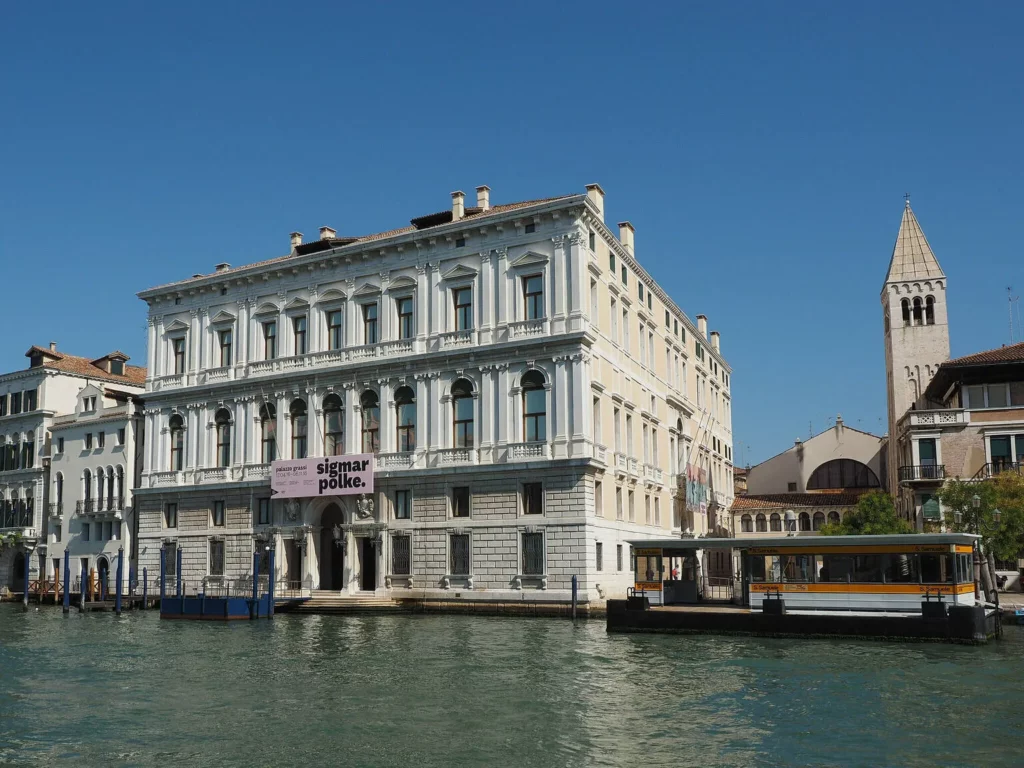
Pinault Collection
One doesn’t usually think of Venice and modern art. Yet it’s a premiere destination for contemporary art thanks to one man, Francois Pinault.
The French billionaire and husband of Salma Hayek, has amassed one of the world’ most important collections from the 20th and 21st centuries.
Naturally, he has a museum in Paris at the Bourse de Commerce. But he also has artworks at two locations in Venice, the Palazzo Grassi and the Punta della Dogana.
The Palazzo Grassi was the last palace built on the Grand Canal. Built in a a Neoclassical style between 1740 and 1772, it’s completely different from the other Venetian Gothic palaces.
Pinault hired famed Japanese architect Tado Ando to redesign the interior. It’s airy and bright and a perfect place for modern art.
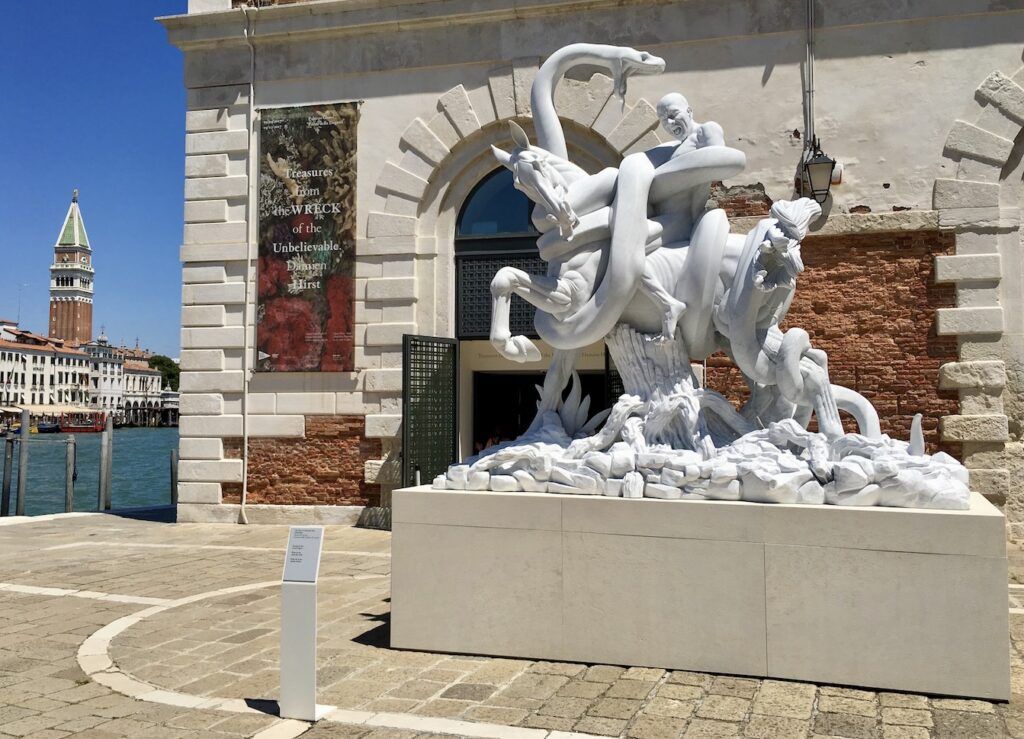
The museum opened in 2006. As with all Pinault museums, there is no permanent collection. Instead, artworks are rotated, changed, and updated contstantly. So, no visit is ever the same!
Fun Fact: The Palazzo Grassi is reputedly haunted. In the early 1900s, a young girl threw herself (or was thrown) from a balcony to her death. She is a “good” ghost and only shows herself to women, whispering their name in their ears.
The Punta della Dogana is the triangle shaped building next to Santa Maria della Salute. It was once the customs house of Venice.
In 2007, Pinault and Ando transformed the building into a center for contemporary art, with about 20 rooms that can house large artworks.
This is a great spot to doge the tourist crowds and take in views across the Giudeca Canal.
Ca’ Rezzonico
To understand the city of Venice, you need to understand the level of opulence and decadence in its history. Ca’ Rezzonico is the place to to do this.
The palace is a magnificent example of the grandiosity of the Venice in the 17th and 18th centuries. The ground level is airy and welcoming. A sweeping staircase transports you up to the piano nobile.
The ballroom will stop you in your tracks. It’s just astounding, with frescos by Giambattista Crosato, gold accents, and golden chandeliers.
In terms of artworks, this is where you will find 18th century Venice in all its glory. There are about 20 rooms over three floors. The third floor is the most like a traditional art gallery.
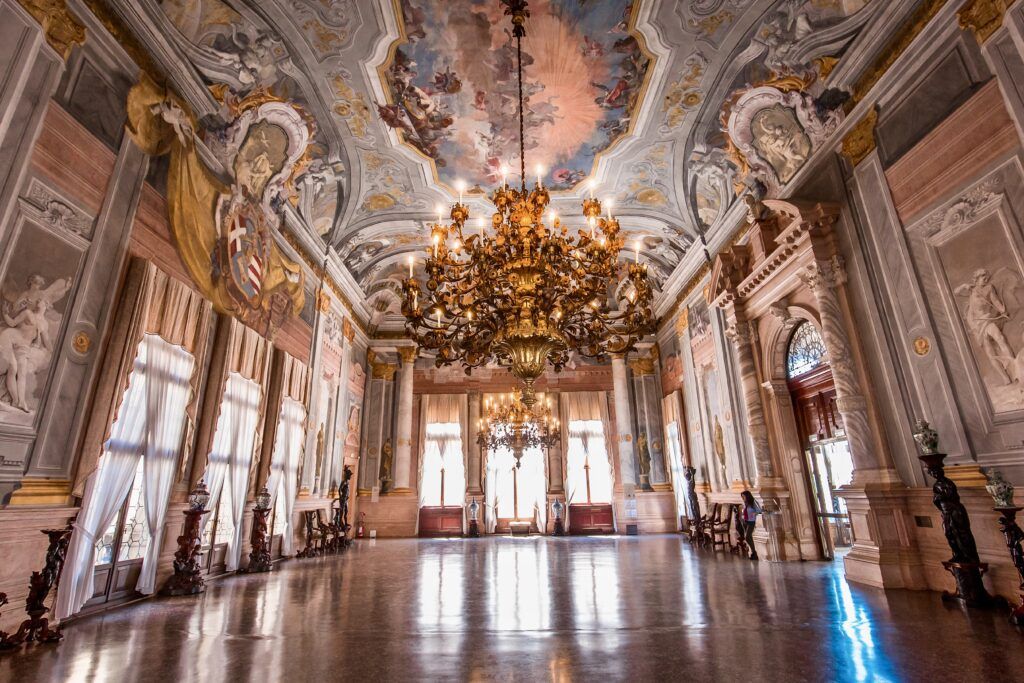
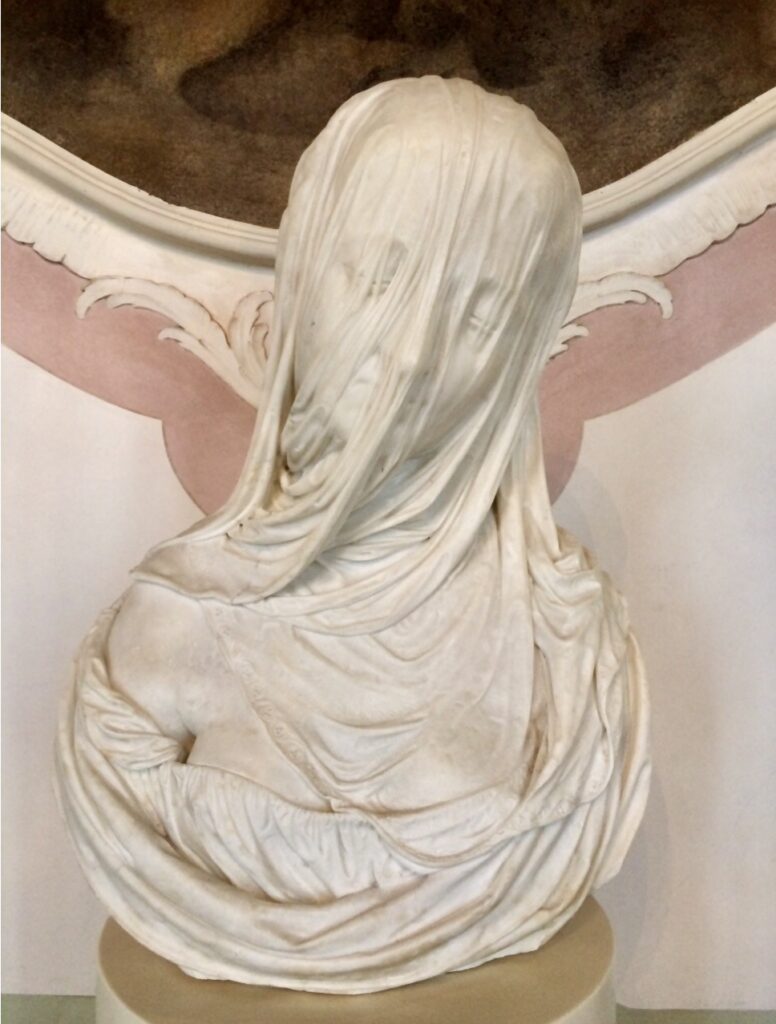
There are four ceiling frescos by Tiepolo, including the famous Nuptial Allegory. The most important rooms are the Tiepolo Room and the Picture Portego.
You’ll also want to admire the Longhi Room. There are 34 small paintings considered “conversation pieces” or vignettes of everyday life.
If you’ve been to Naples, you may (or may not have) seen the Veiled Christ by Antonio Corradini in Sansevero Chapel (it’s always sold out).
There’s one here too, in the Antonio Guardi Room. A veiled woman, thought to be an allegory of Purity, is draped in a flimsy transparent veil made from a single piece of marble.
>>> Click here to book a ticket to Ca’ Rezzoncio
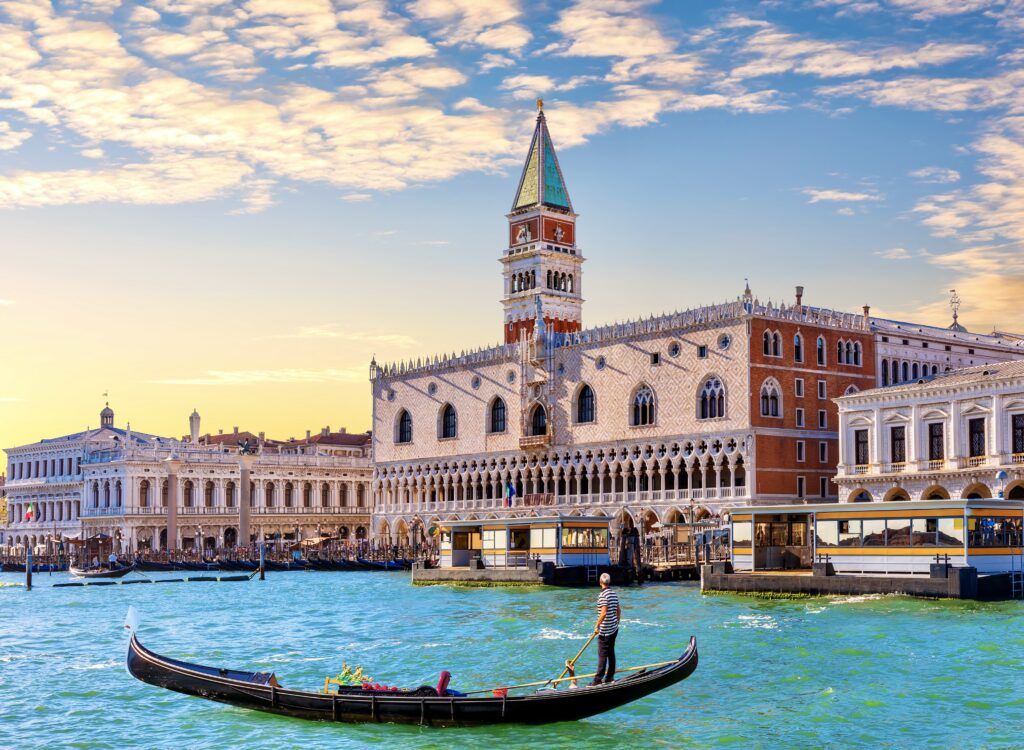
Doge’s Palace
The Doge’s Palace was the residence of Venice’s ruler, the Doge. It also served as the heart of government, hosting courtrooms and jails.
The building mixes Byzantine, Gothic, and Renaissance styles. This shows Venice’s rich past and cultural mix.
The facade features elegant Gothic designs. It has pointed arches, narrow windows, and detailed stonework.
The main entrance, the Porta della Carta, was created in 1440. The central sculpture shows the Doge honoring St. Mark.
Inside, there’s the magnificent Staircase of the Giants from 1485. This is ewhere the doges were once crowned.
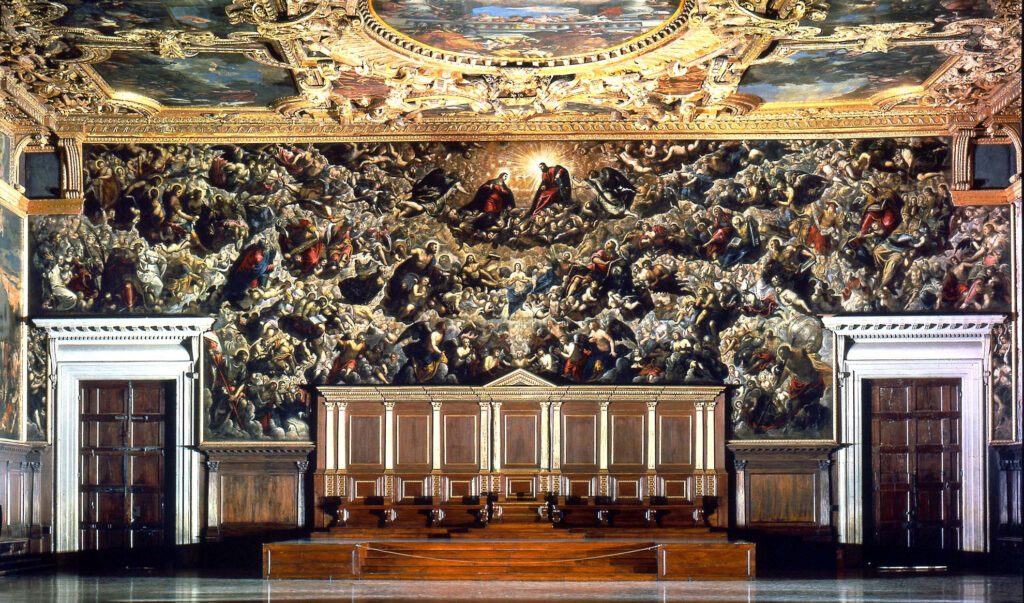
There are two massive statues of Mars and Neptune, made by artists Jacopo Sansovino and Alessandro Vittoria. They represent Venice’s power on land and at sea.
The palace connects to the Bridge of Sighs. Prisoners used this bridge to go to their cells. They would sigh deeply seeing their beloved Venice for the last time.
Visitors can see the Doges’ apartments and the Great Council Chamber. You can also see the world’s largest painting, Il Paradiso by Tintoretto.
You’ll definitely want to pre-book a skip the line reserved entry ticket. I also highly recommend the VIP secret itineraries tour to see the prisons and torture chambers.
Correr Museum
The Correr Museum is Venice’s civic museum, located right in St. Mark’s Square. This is where you can get a crash course on Venetian history. The museum showcases Venice’s extensive art, history, and culture.
It’s housed in the Procuratie Nuove, a majestic Renaissance-era building. The museum was founded with the impressive collection of Teodoro Correr, a Venetian noble and collector. He left his treasures to the city in 1830.
The museum’s exhibits span from medieval times to the 19th century. There are three main parts: a gallery of paintings, a historical collection, and the Museum of the Risorgimento.
You’ll get plenty of information on the doges and see portraits of them in their horn shaped hats and rich robes.
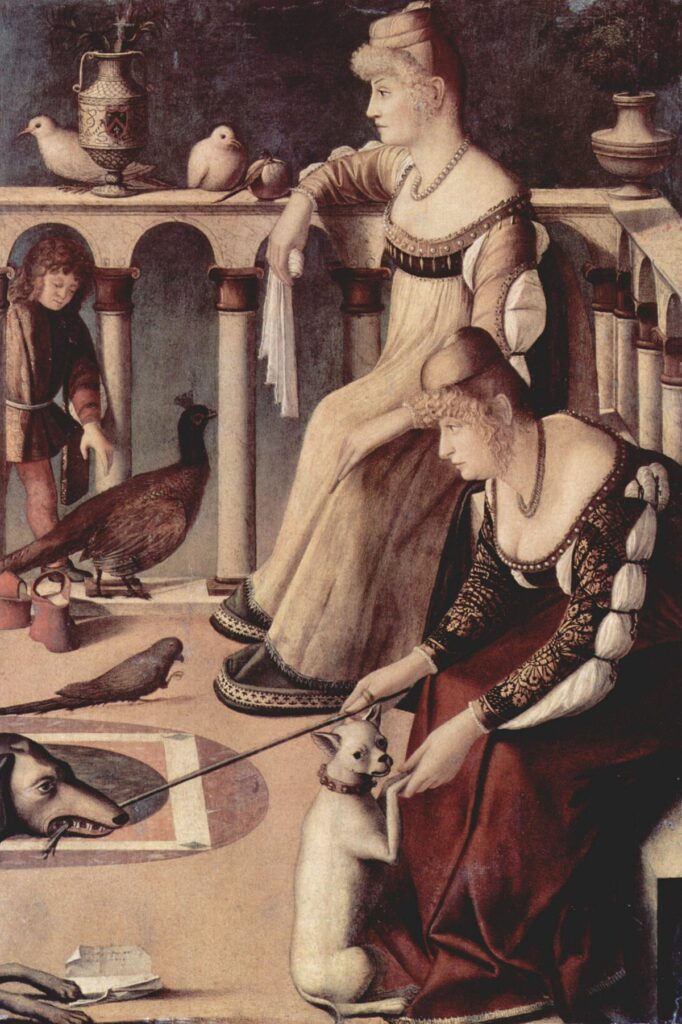
The paintings include work by Jacopo and Gentile Bellini and a masterpiece by Vittorio Carpaccio.
One of the highlights is the museum’s naval section. It celebrates Venice’s maritime history with ship models, navigational tools, and maps, underscoring the city’s dominance as a naval power.
A significant part of the museum is dedicated to Antonio Canova, a leading figure in Neoclassical sculpture. A collection of his plaster casts offers insight into his artistic process and contribution to Venetian culture. You can see his beautiful Daedulus and Icarus.
The museum also delves into the everyday life of Venetians through displays of period furniture, costumes, and personal objects.
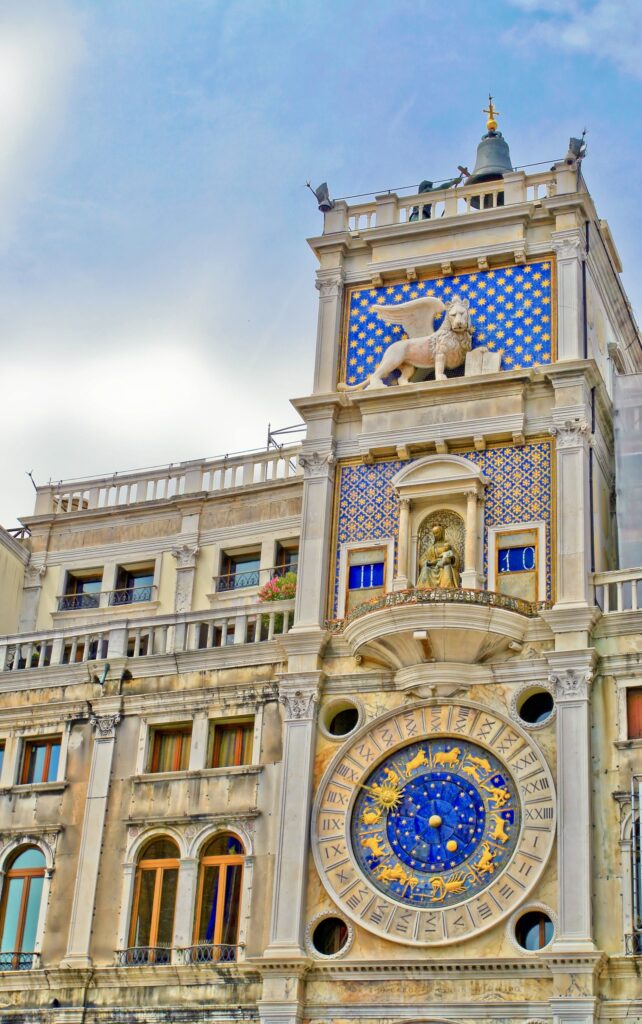
Clock Tower Museum
The city’s 500 year old clock, the Torrre dell’ Orologio, is a marvel of 15th century engineering. Commissioned by Doge Agostino Barbarigo in 1493, it was meant to symbolize the city’s power.
The gorgeous clock displays the time, the phase of the moon, and the current sign of the zodiac.
At the top, two bronze figures bend and strike the bell on the hours. Originally intended to be giants, the weather turned them a black-bronze color and Venetians nicknamed them “the Moors.”
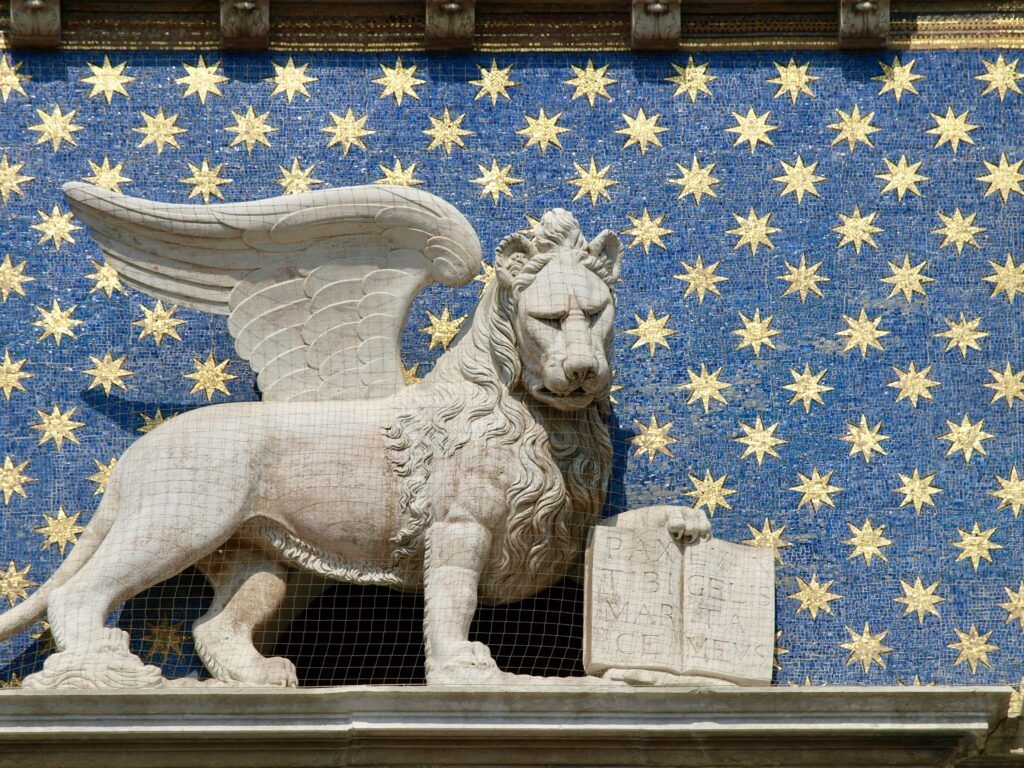
Below them, the winged lion of Venice stands on an open book. Further down is a semi-circular gallery with copper statues of the Virgin and Child.
The clock itself has a magnificent blue and gold clock face inside a circle of marble. A gold pointer with the image of the sun moves around the clock’s face, showing the position of the sun in the zodiac.
You can take a tour inside the clock. You’ll see its inner workings, the living quarters of the caretakers, and see the huge spinning drums that make the hours and minutes work.
If you don’t take a tour, make sure you are standing in front of the tower when the clock strikes the hour to see the Moors ring the bell. It’s just fantastic
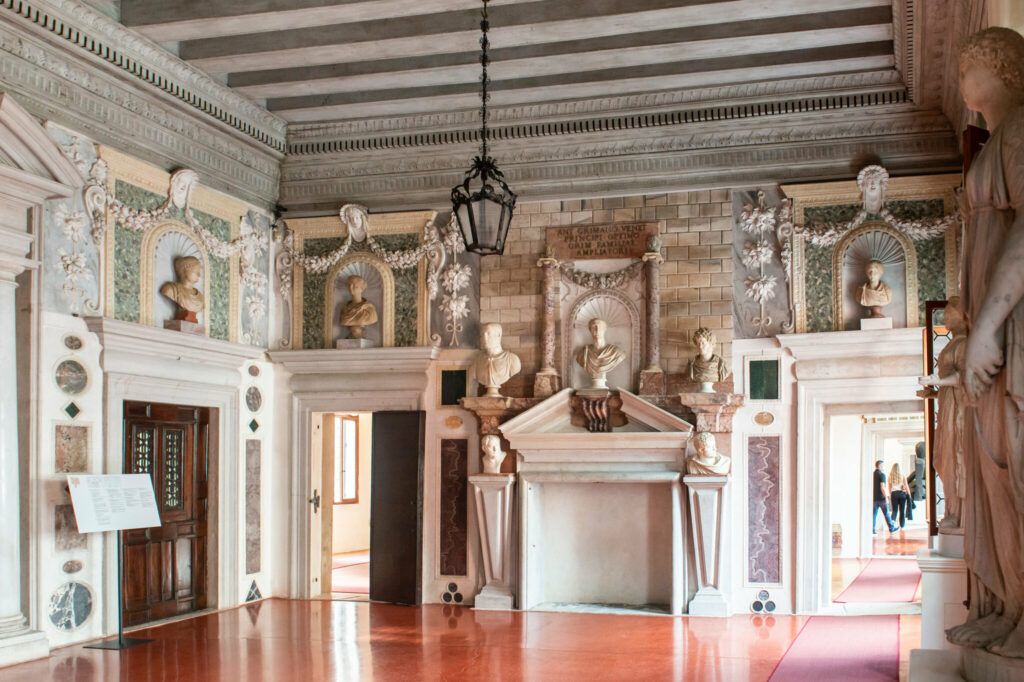
Palazzo Grimani
This museum isn’t for everyone, but it’s a unique place in Venice’s Castello district that I really liked. Palazzo Grimani was once the family home of Antonio Grimani, who became doge in 1521.
Once upon a time, the palace’s wow factor must have been astounding. Renovations in the 16th century added two wings, loggias, and marble colonnades.
The palace was meant to evoke a Tuscan feeling. So, the architects bypassed Venetian artists and hired painters from Rome and central Italy. It was the first Venetian palace to use white stucco and Mannerist frescos.
Over time, the building deteriorated. It became the property of the state in 1981. After a massive 27 year restoration, it reopened as a museum in 2008.
It’s worth visiting just for the palace itself. The grand staircase was modeled on the Doge’s Palace. There are huge rooms beaming light through massive windows.
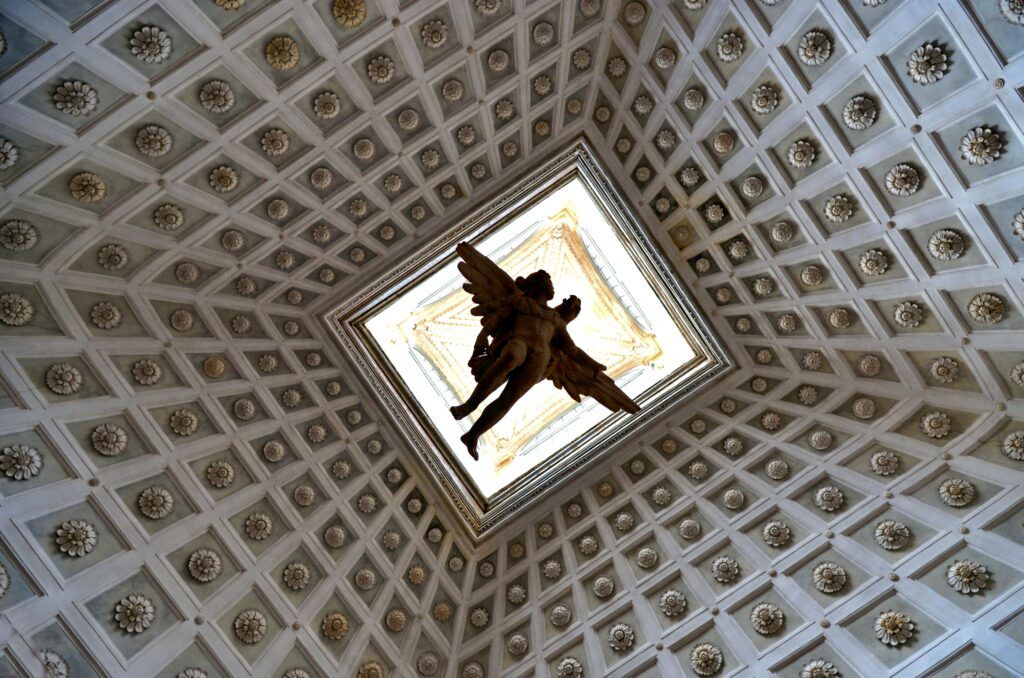
The ceilings are stunning. And you can see Giovanni’s collection of ancient wonders.
The most famous room in the palace is the Tribuna. It’s an Instagram darling and home to a collection of ancient Roman sculptures.
The ceiling has a large oculus and will make you think of the Pantheon in Rome. A 2nd century sculpture, the Abduction of Ganymede, is dramatically suspended from the ceiling.
On your way to the Tribune, you’ll pass the Room of the Doge. This pretty room is decorated with precious marble and creamy stucco.
It has a collection of 20 sculptures and busts, including ones of Dionysis and Hadrian. In the portego is a collection of 12 large modern artworks by George Baselitz set against white walls and stucco.
>>> Click here to book a walking tour of the Grimani and Venice’ secret palaces
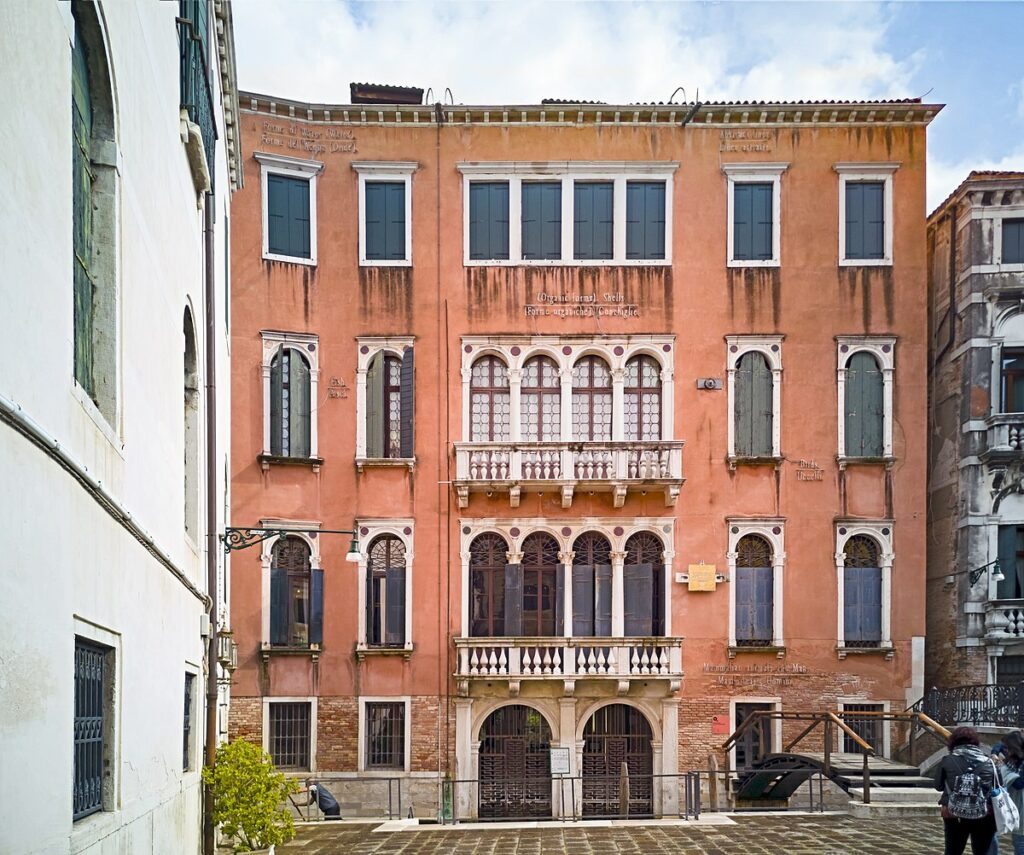
Fondazione Querini Stampalia
The Fondazione Querini Stampalia is one of Europe’s best preserved, and most meticulously maintained, house museums.
The Querini Stampaglia were a very affluent Venetian fall. This palace was their home until the last of the family, Conte Giovanni, died out.
The count wanted the palace to be a cultural center and place for the exchange of ideas, not just a museum. He bequeathed the family’s library of over 350,000 books with the stipulation that it be open to everyone.
The museum is on the piano nobile, the family’s lavish living quarters. You’ll find original furnishings and paintings by Tiepolo, Bellini, and Longhi. There is also some contemporary art mixed in.
The palazzo is also an event space and hosts modern art exhibitions.
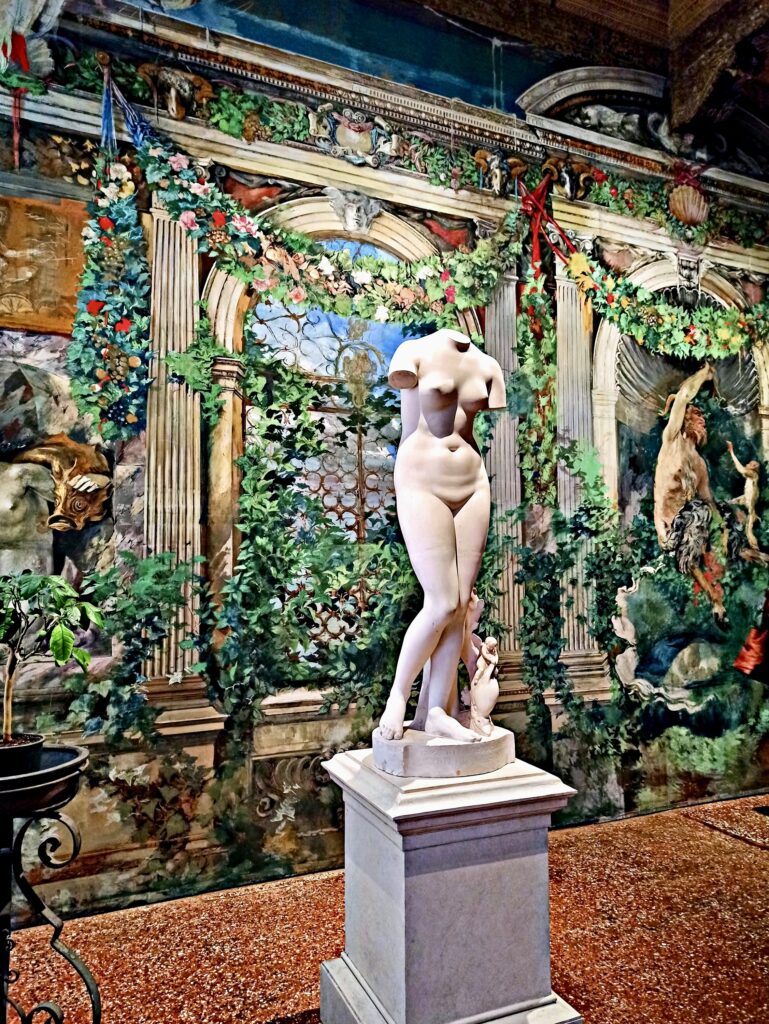
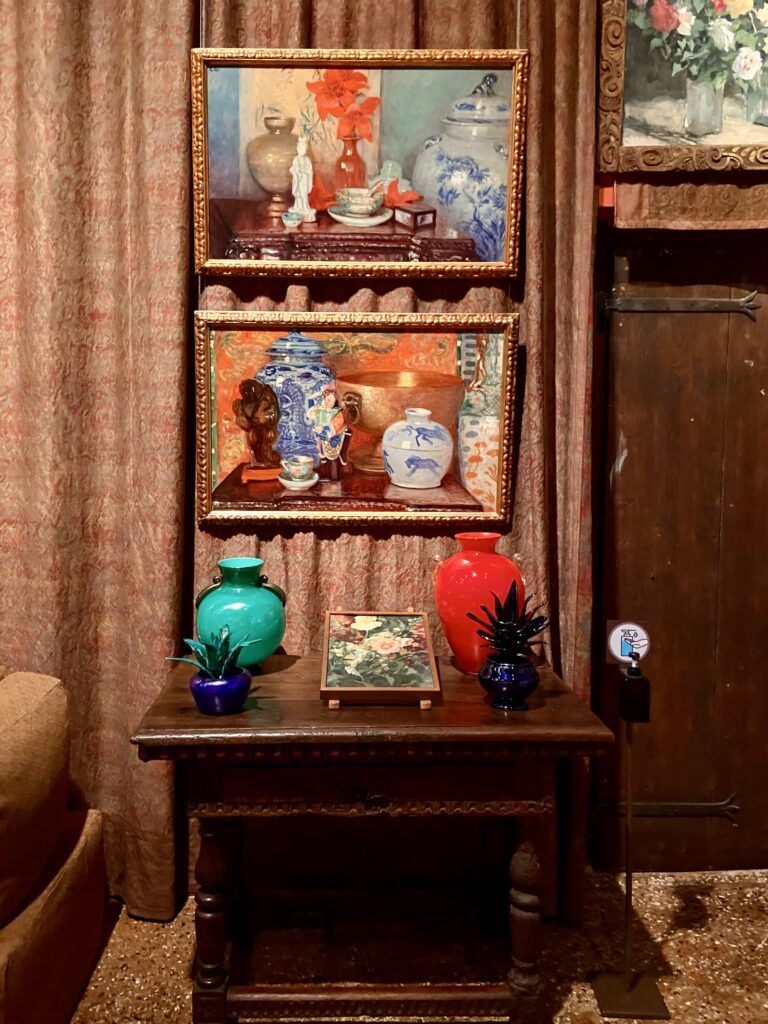
Fortuny Museum
The Fortuny Museum in Venice is a quirky little place housed in a ancient Gothic palace on two levels. This is where you can see art, textiles, costumes, and items collected by the famous Spanish artist Mariano Fortuny.
He was a designer known for his fabric and dress designs, especially renowned for his Grecian-style gowns. But Fortuny was also a painter, photographer, and set designer for theaters.
The recently restored museum is a treasure trove of beautiful things from around the world. It’s almost like walking into an artist’s studio, and is displayed almost exactly as Fortuny arranged his pieces.
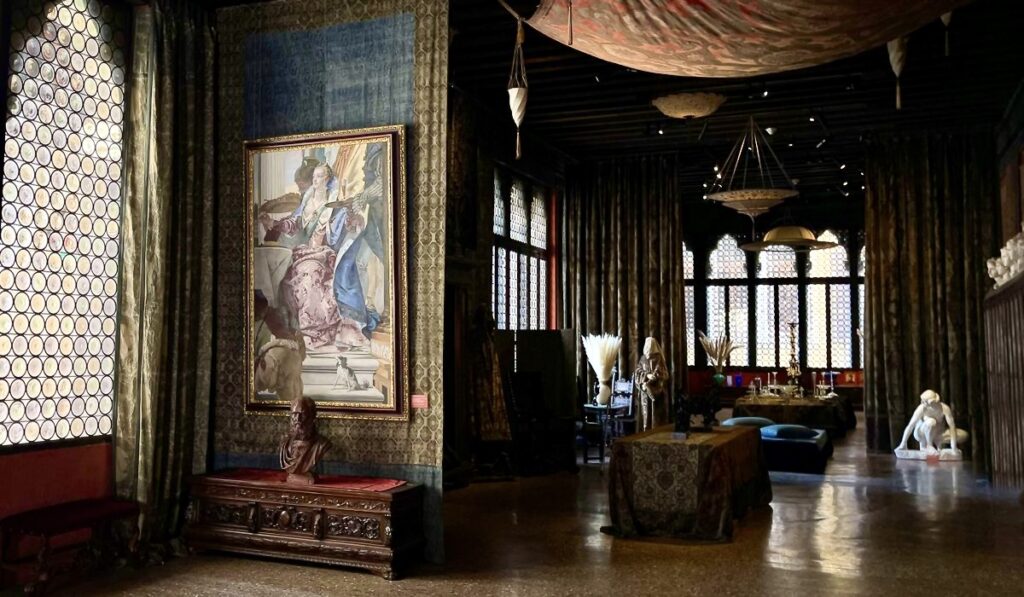
You enter via a courtyard and head up to a loggia on the main floor. This is where you will find Fortuny’s collection. The floor above houses works by his son.
One highlight is the Winter Garden. It’s a space that blends the indoors with the outdoors, creating a serene oasis. It features plants, light, and water elements that harmonize with the surrounding artworks and textiles created by Fortuny himself.
The artist was also obsessed with the composer Richard Wagner.
In the Wagner Room, you’ll find newly restored paintings by Fortuny depicting scenes from Wagner’s opuses.
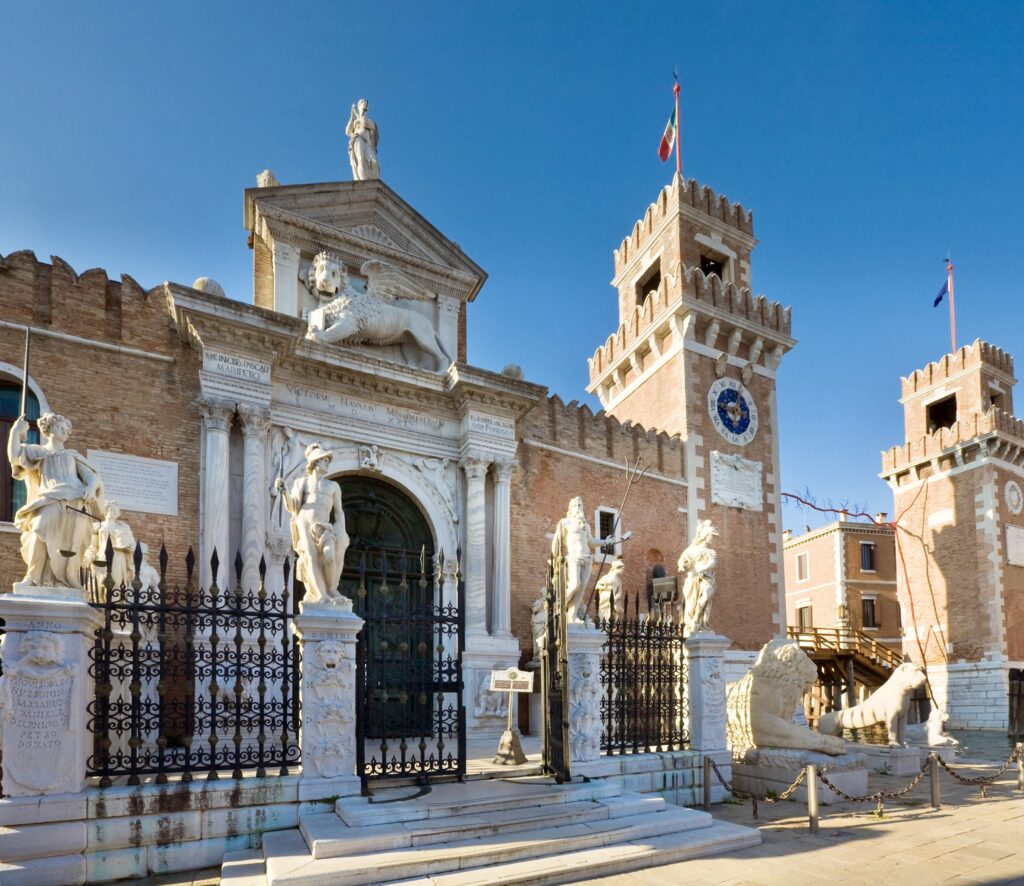
Naval History Museum
Founded in 1919, the Naval Museum in Venice celebrates the city’s commercial and military power. It’s housed in one of the old granaries from the 12th century republican era.
The museum’s collections include a wide range of artifacts related to maritime history, including models, navigational instruments, naval weapons, uniforms, paintings, and historical documents.
You can see models of historic ships and boats, and some of the real deals too. One room is devoted to a gilded ceremonial barge, which the doge road around in.
There are paintings of the many naval victories. And the third floor is devoted to the history of the gondola.
I hope you’ve enjoyed my guide to the best museums in Venice. You may find these other Venice travel guides useful:
- 1 day in Venice itinerary
- 2 day itinerary for Venice
- Top attractions on the Grand Canal
- History of Venice in a nutshell
- Guide to St. Mark’s Basilica
- Guide to the Doge’s Palace
- Things to do in San Polo
- Things to do in the Dorsoduro
Pin it for later.

